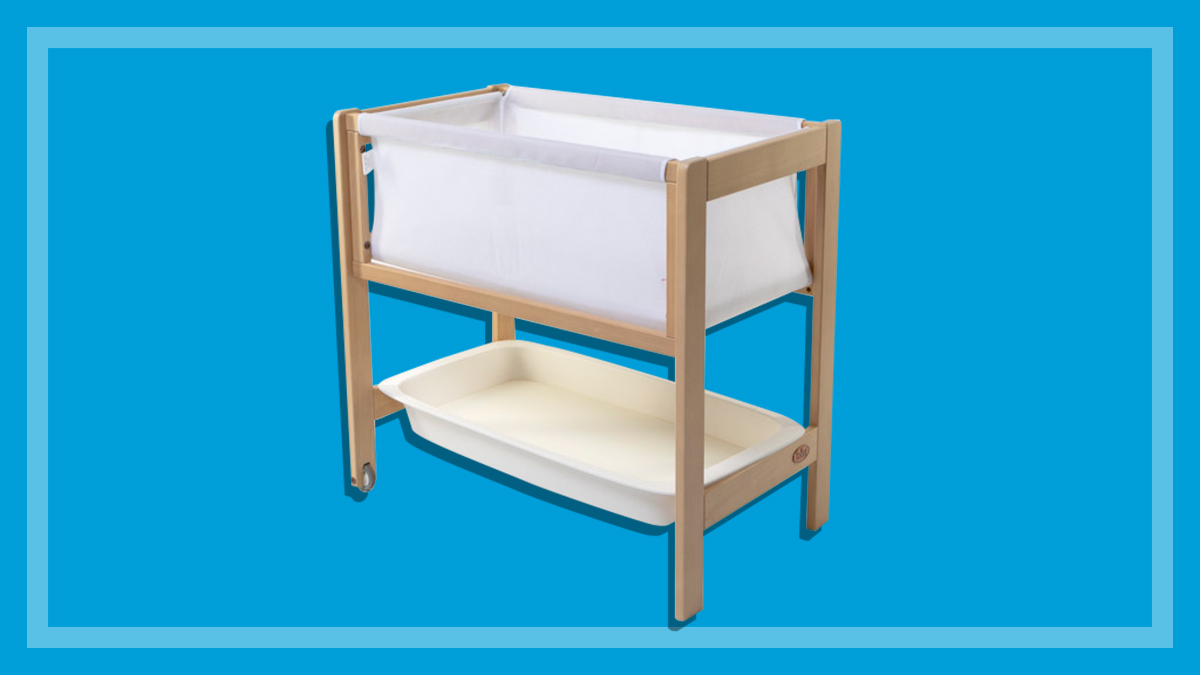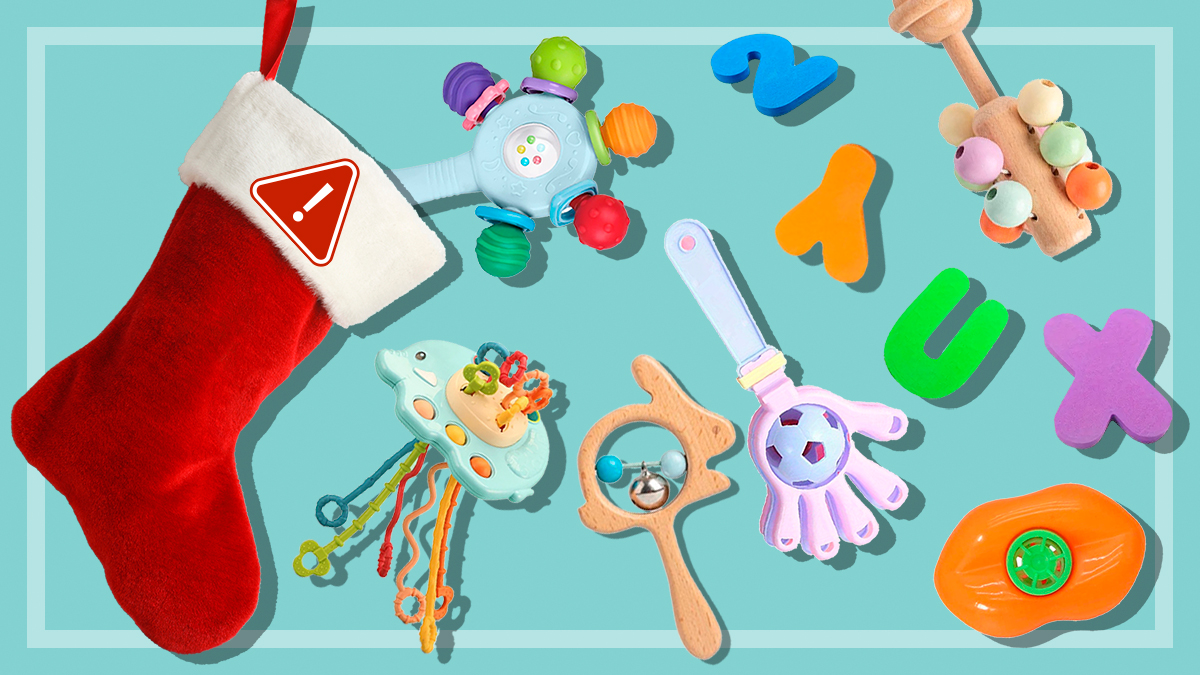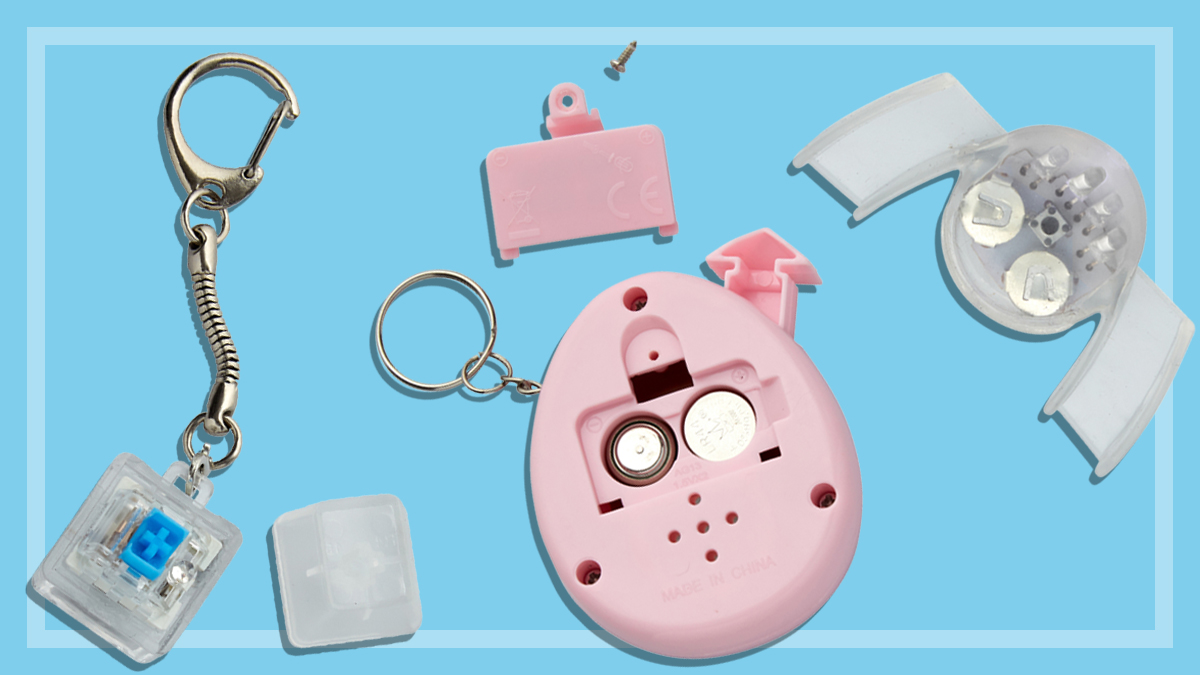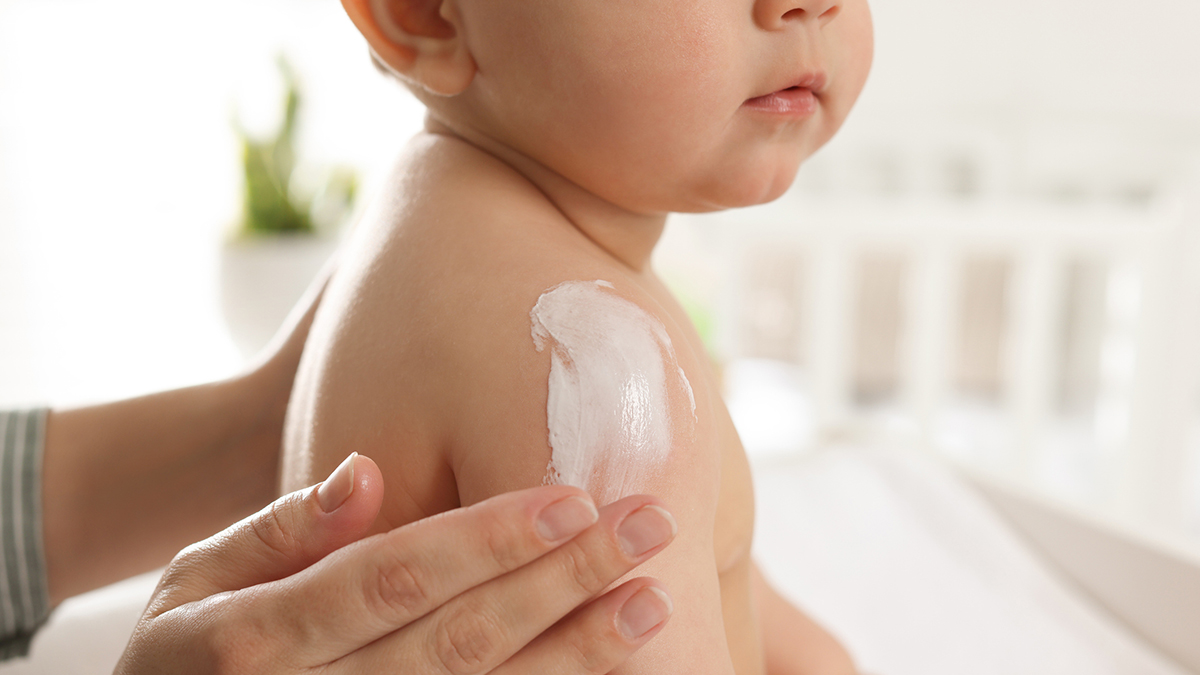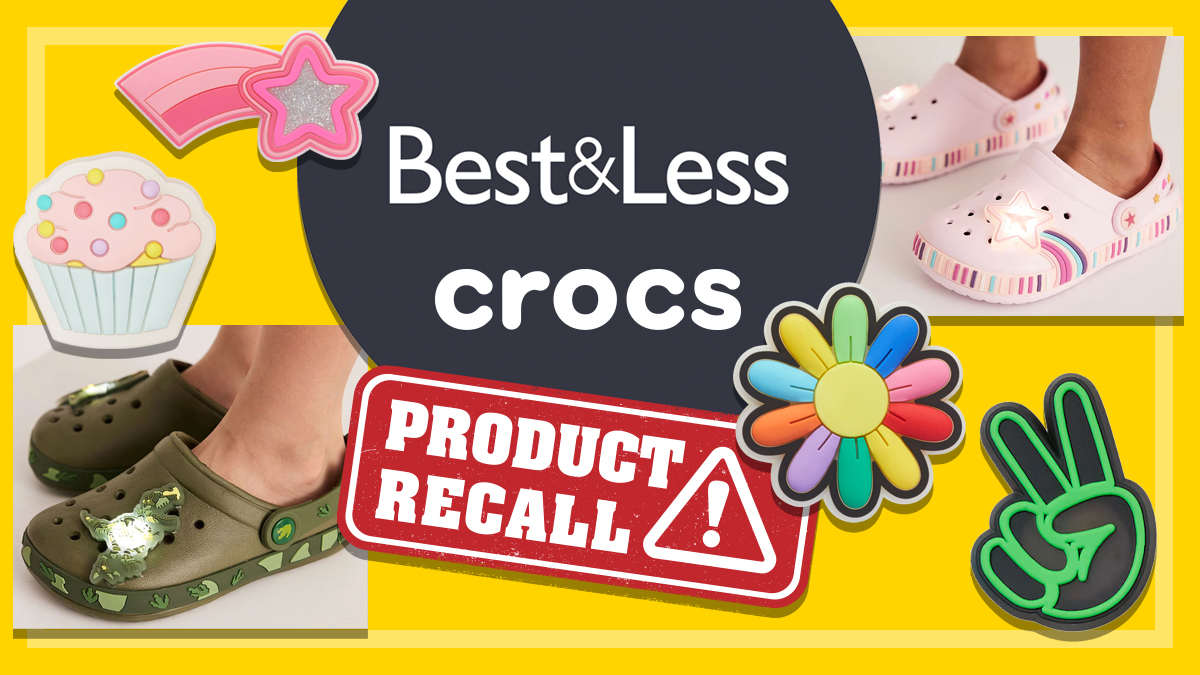Get our independent lab tests, expert reviews and honest advice.
Why are sleepers and other unsafe baby products still sold in Australia?
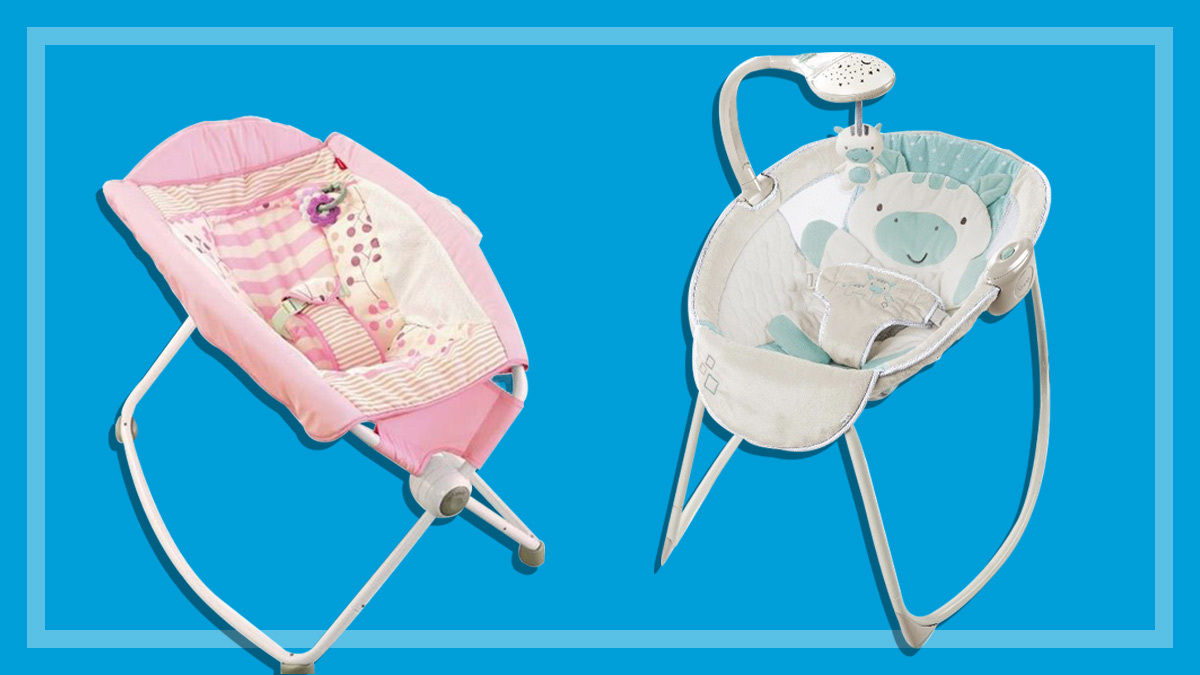
Need to know
- The Fisher-Price Rock ‘N Play and Kids2 rocking sleepers, as well as other inclined sleep products for babies, have been recalled globally following deaths
- The US is moving to ban inclined sleepers, and in Australia the ACCC is reviewing the safety of inclined products for infants, including bouncers and recliners
- Experts believe Australia’s current product safety regulations are too narrow, miss areas of risk and slow to address hazards
In December, the US House of Representatives voted to ban infant sleep products that have a sleep surface with an incline of more than 10 degrees – such as the Fisher-Price Rock ‘N Play Sleeper, which is wildly popular in the US. If the Safe Sleep for Babies Act becomes law, businesses will no longer be able to sell inclined sleepers for infants, nor manufacture or distribute them.
The vote is significant. The Rock ‘N Play, according to The New Yorker, “is everywhere, and so are its evangelists”, with about 4.5 million sleepers sold in the US.
But as our US counterpart Consumer Reports reveals, its 30-degree incline came to breach bassinet safety standards that were proposed months after the Rock ‘N Play went on sale in 2009.
The product’s maker, Mattel, circumvented the breach by asking the US Consumer Product Safety Commission (CPSC) for a new product category that would be exempt from the maximum 10-degree incline rule. Remarkably, the CPSC agreed.
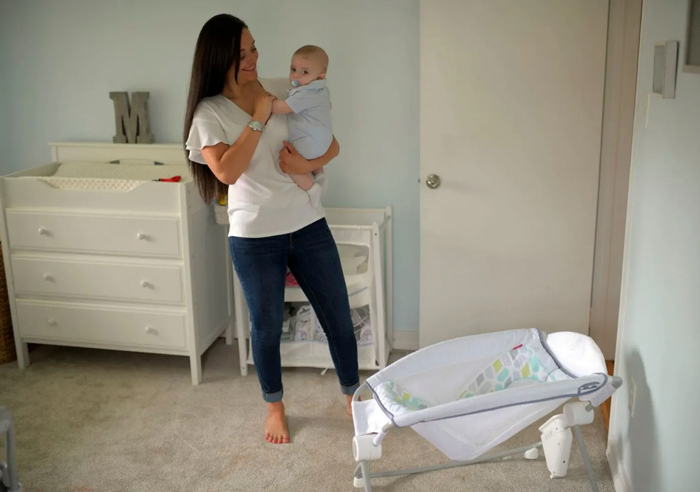
Many parents swore by the Rock ‘n Play, which they said put their otherwise wakeful babies to sleep. But since the 1990s, paediatricians have been recommending that babies sleep on a firm, flat surface. Soft, sloped surfaces – which are features of the Rock ‘n Play and its imitations – may increase the risk of sudden and unexpected death in infancy. Babies in these types of sleepers can roll over or have their head fall forward and suffocate.
From 2017 to 2019, as awareness of the dangers spread and more parents came forward with stories of losing their babies, the official count of deaths involving inclined sleepers in the US rose from eight to 73, according to Consumer Reports.
Eight months before the Safe Sleep for Babies Act passed the US House, Fisher-Price recalled the Rock ‘N Play and Kids2 recalled similar sleepers in the US.
What does this mean for Australia?
The Rock ‘N Play and Kids2 sleepers were recalled in Australia in the months following the US recalls. About 9000 of these items were sold in Australia through official retailers.
In July, the ACCC announced a safety review of such products “because of recent recalls and increasing concerns regarding the use of infant inclined products” – in other words, because there had already been scores of deaths linked to inclined sleepers in the US.
The ACCC is focusing not just on products designed for sleep but other inclined products too, including bouncers, rockers and recliners.
Babies sleep in and on lots of different products, many of which are not intended for infant sleeping, but they end up sleeping in it
Dr Ruth Barker, director of the Queensland Injury Surveillance Unit
The broader scope may be a good thing, but perhaps doesn’t go far enough. Dr Ruth Barker, an emergency paediatrician and director of the Queensland Injury Surveillance Unit, says, “babies sleep in and on lots of different products, many of which are not intended for infant sleeping, but they end up sleeping in it”.
One example she gives is infant car seats, which aren’t part of the ACCC’s review, but are already subject to a mandatory standard. The point of the standard is to make sure their design protects a child in the event of a car crash.
“I’ve seen kids who have survived quite horrific crashes with minimal damage because of car restraints and baby capsules,” Barker says.
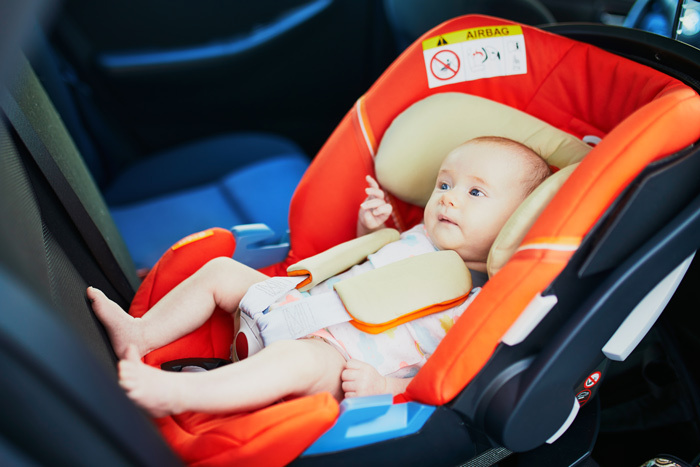
But, as with other inclined products, if a baby sleeps in a car restraint – particularly if it has a lot of padding behind the head – they can end up with their head tipped forward, potentially obstructing breathing.
“There are recommendations not to leave babies in car restraints for more than an hour,” says Barker. “If you’re on a long journey, you should stop and check on the baby.
“But the capsule now clicks into the pram, so what’s evolved is that the product is no longer just a car restraint. It’s a car restraint and pram device… [Parents] sometimes take them into a party or a restaurant and leave [their baby] sleeping in the car capsule.”
Getting regulators or industry to pay attention to risk and accept that a product is unsafe requires a great deal of evidence
The current standard fails to address this use of car restraints. Barker believes Australia’s current product safety laws do not require manufacturers to consider safety thoroughly enough when designing a product.
She points out that standards, where they exist, can be too narrow and miss areas of risk. Getting regulators or industry to pay attention to that risk and accept that a product is unsafe, she says, requires a great deal of evidence – generally by establishing a clear link between deaths or injuries and the product in question. Barker says this is especially challenging for infant sleep-related incidents, where the cause can involve a number of factors and, generally, no one sees it happen. But there’s no law requiring the same effort on the part of manufacturers to prove their product is safe in the first place.
Switching the burden of proof
In the latest CHOICE tests of bassinets – we don’t test inclined sleepers because of the known safety hazards – 24 of 33 failed on key safety requirements. And there are no mandatory standards in Australia for bassinets or sleepers, although the ACCC may recommend standards, bans or recalls for inclined products, depending on the outcome of its review.
But given the safety failures in bassinets with a level surface too, how have they eluded regulatory scrutiny?
Under UK laws, by contrast, a company that wants to place any consumer product on the market must take “all reasonable steps” and exercise “all due diligence” to ensure that the product is safe. Also, distributors are obliged to remove products found to be unsafe.
The Australian Chamber of Commerce and Industry was cited arguing that a GSP would ‘lead to substantial costs for government and business, as well as consumers’
Australia considered similar overarching laws in the 2000s, in the form of a general safety provision (GSP). In January, 2006, the Productivity Commission published a report reviewing Australia’s product safety system for the federal government, with a chapter considering the pros and cons of a GSP.
In the chapter, the Australian Chamber of Commerce and Industry was cited arguing that a GSP would “lead to substantial costs for government and business, as well as consumers”. Coles Myer (Coles and Myer have since parted ways) made the case that targeting problem sectors would be a better use of resources.
Children’s products fail CHOICE tests
Portable cots
65 tested 2011-2020
63 failed (97%)
Strollers
175 tested 2012-2020
144 failed (82%)
Cots
173 tested 2012-2019
102 failed (59%)
Australia needs stronger product safety laws:
choice.com.au/productsafety
Alongside industry groups’ arguments were considerations, including from CHOICE, of the strengths of a GSP. The Queensland government wrote that the “catch-all” nature of a GSP would allow regulators to “manage the safety of new and innovative products in a much more efficient manner”, and the Commonwealth Consumer Affairs Advisory Council argued that the benefits of a GSP “would outweigh its costs… for industry, consumers and regulators”.
The federal government went with a piecemeal approach. Manufacturers of 44 products deemed high risk over the years now have to comply with mandatory standards that specify safety requirements. A third of these are babies and children’s products.
If an item is subject to a mandatory standard, the ACCC can take companies to court for breaches of the standard. But what if the mandatory standard is out of date, as the ones for strollers and portable cots are, which are based on guidelines from two decades ago? In that case, it’s up to manufacturers to apply up-to-date safety measures, although they’re not legally bound to do so.
The reasoning behind government reluctance to create mandatory standards for more products is sound enough: each one requires revisiting every time it is subject to global advances in knowledge of what’s safe.
Tim Wain, who used to run the Infant and Nursery Products Association of Australia and now consults on infant product safety, says, “It’s a bit hard to justify going and creating a new product standard… [when] there are well developed standards that exist overseas. America leads the way with a lot of that.”
Wain thinks mandatory standards make it harder for companies to apply the most up-to-date safety guidelines because it’s “impossible for under resourced Australian regulators to keep up with innovation across so many consumer products”.
Developing and updating mandatory standards is also a slow and bureaucratic process because it involves committees made up of volunteer experts and extensive rounds of consultation with stakeholders. “The current review of prams will most likely take 18 months and then a minimum lead time of 12 months to transition to a new standard – hardly an agile process,” Wain says.
A better way forward?
At a recent meeting of a group that’s developing a safe infant sleep guide for industry, Dr Ruth Barker said they could spend years arguing over incident evidence, but shouldn’t.
“I can tell you what will kill a baby,” she says. “If you scrunch a baby up and keep it in a position where its chin is on its chest, they will suffocate.
“Rather than saying, ‘How many babies have been put in that position because of the sleep product and died…’ [let’s] say, ‘We know this is a factor that can kill babies, let’s design it out of the product.’
“What I hope to see with the GSP is a more proactive consideration [of safety],” says Barker. Product designers and manufacturers would then “actually need to be able to demonstrate that their product is safe prior to it going on the market, rather than putting it out in the environment and letting the public, in some circumstances, be the test lab.”

